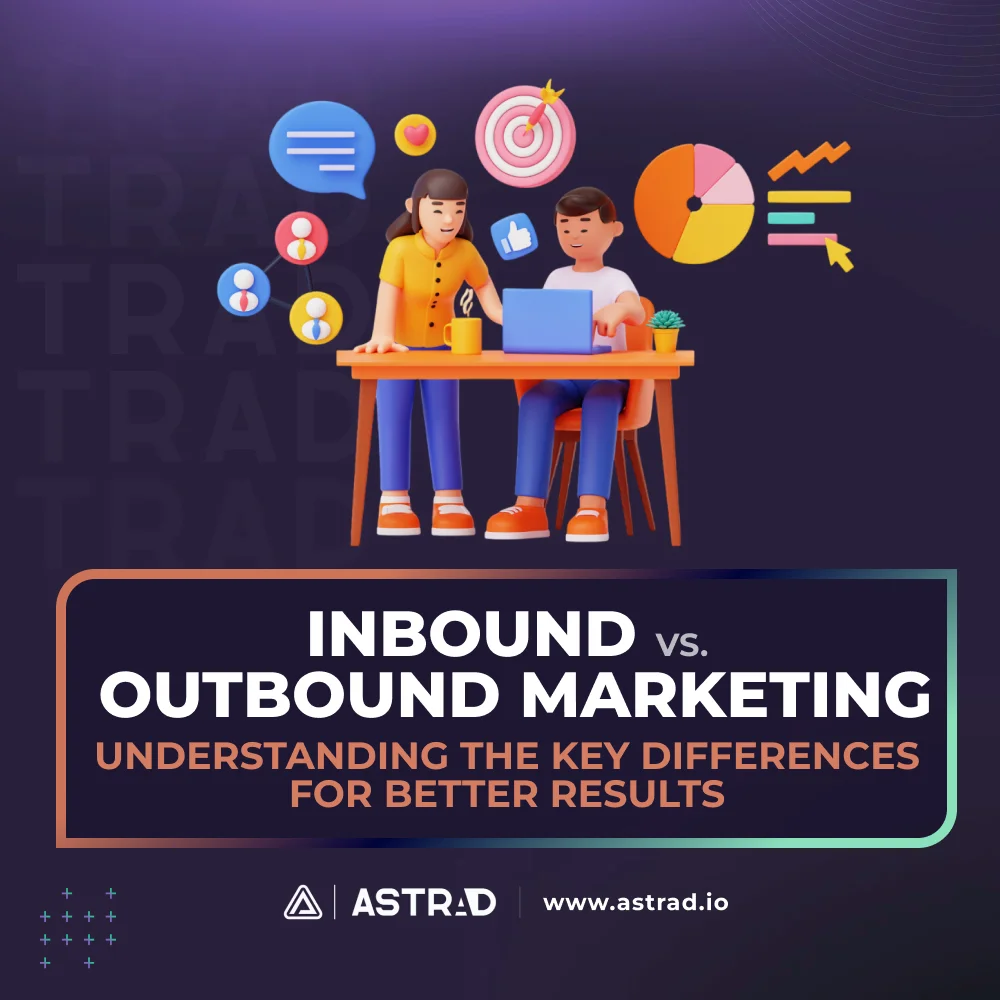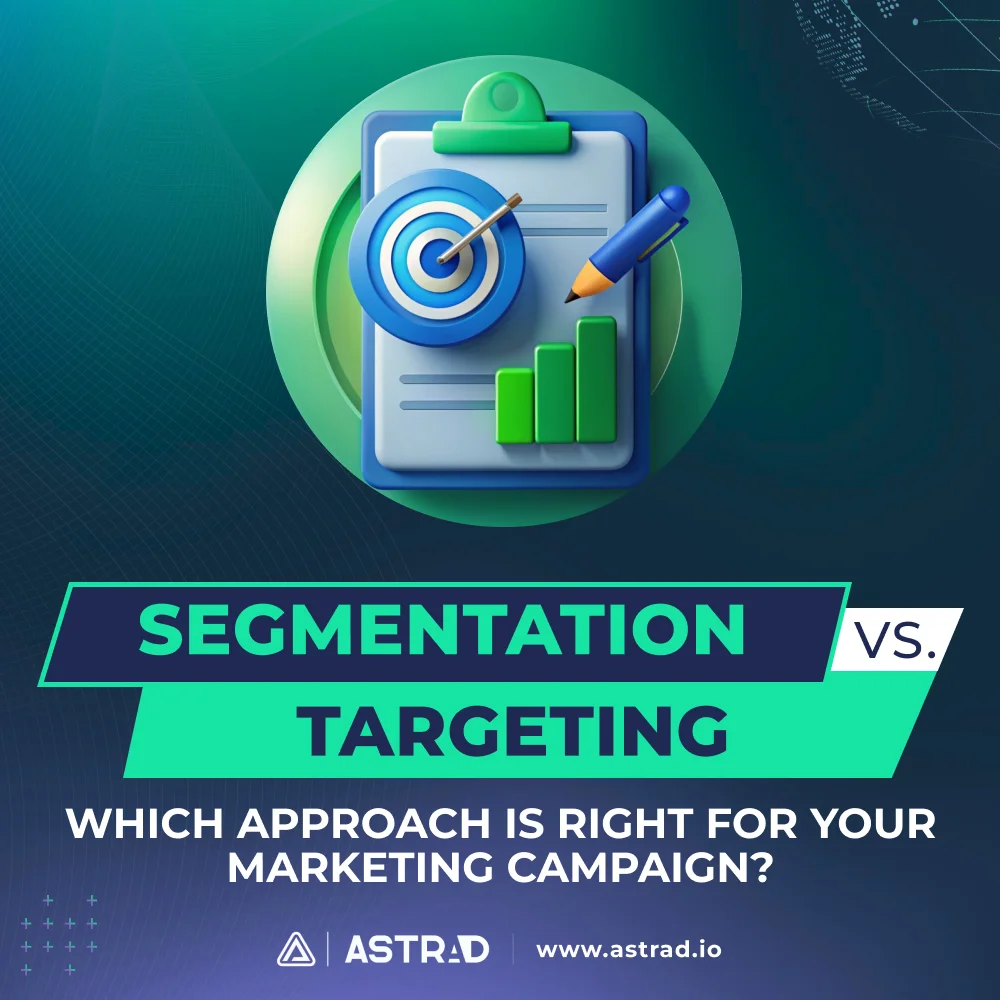Frustrated by ads missing the mark? Spending truckloads of dough and getting little returns? In the digital wilderness, precision is key. This guide will help you unlock the secrets of cutting-edge targeting strategies in marketing, revealing their significance and impact. We’ll equip you with the tips of the trade, those required to ensure your campaigns hit the bullseye every time. Get ready to unleash the full power of digital marketing and watch your ROI soar.
The Importance of Targeting in Digital Marketing
In the digital landscape, where attention is a precious commodity, effective targeting is the key to unlocking marketing success. Knowing how much to spend is less crucial than knowing how to spend it. Leveraging your ads effectively is about strategy, not just throwing money at the problem.
Imagine, for a second, shouting your pitch in a crowded stadium; some might hear, but most will just get lost in the noise. In digital marketing, that stadium is the vast online space, and your audience is too caught up in watching their team score – a needle in the haystack. That’s where targeting strategies come in – reaching the right people at the right time with the right message.
By understanding your audience, you can craft hyper-relevant campaigns that resonate deeply, leading to higher engagement, conversions, and a skyrocketing ROI. It’s the difference between aimlessly screaming into the void and sparking a conversation with the perfect customer.
What Are Advanced Targeting Strategies?
Advanced targeting strategies in marketing involve the use of sophisticated and precise methods to reach specific audiences. These strategies go beyond basic demographic targeting and utilize data-driven insights to segment and target potential customers based on their behaviors, interests, purchasing habits, and other relevant factors. It may include techniques such as psychographic targeting, geotargeting, and retargeting, among others.
By leveraging advanced targeting strategies, businesses can optimize their marketing efforts by delivering highly tailored messages to the right people at the right time, ultimately improving the effectiveness of their campaigns.
As a whole, the concept of targeting strategies in marketing refers to the process of identifying and reaching out to specific segments of the market that are most likely to be interested in a product or service. It’s pinpointing your audience and going all sharpshooters on them.
The significance of targeting strategies lies in their ability to maximize the efficiency and impact of marketing initiatives. By focusing resources on the most relevant audiences, businesses can increase the likelihood of driving engagement and conversions and, ultimately, sales. Targeting strategies also enable companies to differentiate their messaging and offers to better resonate with distinct customer groups, leading to more personalized and compelling marketing communications.
Reaching the Right Audience
The role of targeting in reaching the right audience is to ensure that marketing efforts are directed toward the most relevant and receptive individuals or groups – those that are most likely going to make a purchase. By identifying and understanding specific segments of the market, businesses can tailor their messaging, product offerings, and promotional activities to appeal to the needs, preferences, and behaviors of those target audiences.
This precision allows companies to minimize wasted resources by focusing on those most likely to convert, thereby maximizing the impact and effectiveness of their marketing campaigns. Targeting also plays a critical role in building meaningful connections with consumers, as it enables brands to deliver personalized, relevant, and timely communications that resonate with the recipients.
The Impact on Campaign Effectiveness and ROI
Strategies of targeting can have a significant impact on both campaign effectiveness and ROI, boosting both reach and efficiency.
Here’s how:
Precise Audience Targeting
Reaching the right people ensures higher ad relevance and resonates better with specific needs and interests, leading to increased engagement and click-through rates.
Behavioral Targeting
Targeting based on past browsing habits predicts purchase intent and delivers ads at the opportune moment, maximizing impact.
Contextual Targeting
Aligning ads with the content of websites or apps users are on creates a natural fit and reduces intrusiveness, leading to greater receptivity and engagement.
Reduced Wasted Spend
Excluding irrelevant audiences and focusing on those most likely to convert wastes less ad budget on impressions that won’t yield results.
Optimized Bidding Strategies
Leveraging data and algorithms to adjust bids based on user behavior and conversion probability dynamically ensures paying only what’s necessary for valuable clicks and actions.
Enhanced Campaign Attribution
Advanced analytics pinpoint the specific factors driving conversions, allowing for informed budget allocation and campaign optimization for maximum ROI.
Advanced Targeting Strategies
Here is an overview of the different targeting strategies:
Behavioral Targeting
Involves analyzing and understanding the online behaviors and actions of individuals, allowing businesses to deliver personalized advertisements and recommendations tailored to a user’s specific interests and preferences.
Contextual Targeting
Involves displaying ads based on the content of the web page by matching it with the content being viewed by the user, ensuring that the messaging aligns with the surrounding context.
Geotargeting
Enables businesses to deliver marketing messages based on a user’s geographical location to suit the needs and interests of audiences in specific regions or areas.
Demographic Targeting
Involves targeting audiences based on demographic attributes such as age, gender, income level, education, and household composition. This allows companies to reach and engage with their intended customer segments effectively.
Psychographic Targeting
Focuses on understanding the lifestyle, personality traits, values, and interests of consumers to craft messaging and offerings that resonate with the unique motivations and attitudes of different consumer groups.
Retargeting and Remarketing
Retargeting involves displaying ads to users who have previously interacted with a brand’s website or digital content. Remarketing involves reaching out to individuals who have provided their contact information or shown interest in specific products or services.
How to Combine Different Targeting Strategies Effectively
Combining different targeting strategies in marketing is like blending spices for a perfect dish. Start with a strong base, like demographic targeting, then layer on additional dimensions like interests, behaviors, and contextual relevance to reach a relevant pool. Experiment with layering, exclusion, and sequential targeting to reach your ideal audience without diluting your message.
Finally, monitor and optimize, adjusting parameters like lookalike audiences and dynamic product ads based on data to ensure continuous improvement. Remember, the key is balance and precision – just like a well-crafted spice blend, the right combination of targeting strategies can elevate your campaigns to a whole new level of effectiveness.






